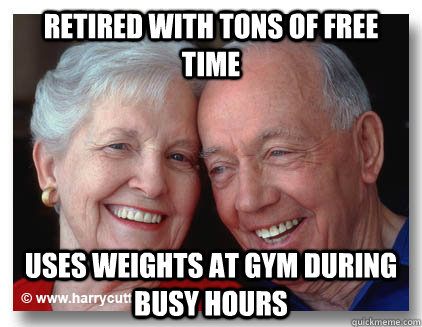UA-47062478-1
“Discovering the truth of who you are is the only way to love and care for yourself.”
― Vironika Tugaleva, The Love Mindset
Who Are You?

“Discovering the truth of who you are is the only way to love and care for yourself.”
― Vironika Tugaleva, The Love Mindset
Who Are You?
What a bizarre question to ask someone and how many answers are there to this inquiry? You may be one thing to your spouse, something else to your boss or friend but what are you, meaning YOU, personally. The answer, here at least, may influence your life and what to expect of yourself.
Being a homo sapien, you are a member of the animal group, and probably one of the most complex entities in the universe. You could fill a book on who you are, why and how you function, what to expect of yourself, and how you can be "all that you could be" without becoming a U.S. Marine!
Our human family originated about 200,000 years ago in the Middle Paleolithic period in southern Africa. Whether produced by a super-natural being, or developed as part of an evolutionary process, we have component parts that help us dictate what we do, and how we do it.
Let's begin at birth and look at what we are, anatomically, biologically, and even under the microscope. It's been estimated that a human is made of approximately 37 + trillion (that's spelled with a "T") cells. We have approximately 206 bones, 630 muscles, 50 hormones and 243 joints. Oh, we also have ligaments, tendons, skin, fat, muscle and umpteen million other components. We have the most developed brain of all the animals in our group, and with a central nervous system(CNS). The CNS is composed of 24 cranial nerves (12 pairs) and 64 spinal nerves (32 pairs). It also has over a billion branches. Each of our cells is a small chemical factory that needs nutrition to produce what we need to live.
So what's this have to do with fitness you ask? If you want to function in health and live a vibrant life, you, Mr. CEO, have been installed in your corporation whether you like it or not. You have a lot to learn about yourself and don't rely on your doctor because he is, essentially, a facilitator. He may help you with your pains, high blood pressure, and osteoporosis, but he cannot do your healing for you. That's up to you and how well you control your corporation, from birth to the present time.
As you view the components of your body, you realize that the bones give shape and structure to our bodies, the ligaments attach bones to bones and tendons attach muscles to bones and joints. The purpose and instruction our creator has given us is to use what we have, maintain our health and tend to our needs as humans. We are a miraculous creation that thinks, understands, moves and heals itself. We are not machines that go for service every 5000 miles. How about daily?


